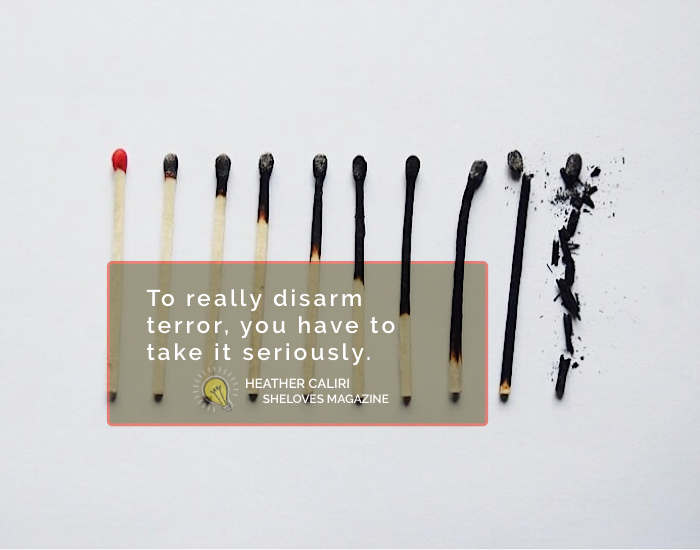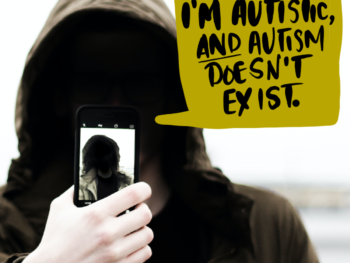
Here’s a true story: I was scared of lighting matches until I was twenty years old.
Twenty years later, now many books of matches under my belt, I find this both ridiculous and completely understandable. Ridiculous because matches are necessary and not really that difficult. And understandable because in order to light a match you have to put your finger practically on top of the flammable phosphorous tip, knowing it will start burning right underneath.
I honestly do not know how I do this now. Matches are insanity. Don’t tell me they’re called “safety matches.” There is nothing safe about flame.
By twenty, I didn’t care that I could not light fires. I didn’t advertise my cowardice, but I also had no burning (ha! burning!) need to change it.
Except then, in my junior year of college, I moved to the developing world and landed in an apartment with a gas stove and no pilot light.
When my landlady showed me the kitchen, and the convenient box of matches on the shelf, I groaned to myself. I was going to have to actually learn to light a match.
But it wasn’t just actual matches. That whole year was an exercise in facing fears: travelling alone, living without a safety net, soul-parching loneliness, sounding like a nincompoop, and giving oral exams whilst sounding like a nincompoop.
Every day was a match against my finger I had no choice but to strike.
Fear is a funny thing: it feels so terribly real, so physical, like a reinforced steel wall, yet it is, by definition, only in our heads. But writing our fear off as if it were not real is a mistake. To really disarm terror, you have to take it seriously.
We quote verses like “Fear not!” in the church so blithely. The chipper assurance always rings false to me. Because funny stories about matches aside, my experience of fear was more like learning to go into a bunker when an air-raid siren went on, right before bombs began to drop.
The fear was there for a reason. Life scared the crap out of me. Real things frightened me.
Growing up, I was afraid of people I loved leaving, and I was afraid of violence, and I was afraid of the contempt and shaming. I was afraid of saying anything or feeling anything for fear of making the chaos around me worse.
These weren’t make-up, pretend fears. These were real things that exploded around me regularly but without any predictable pattern.
So I learned to just say no to anything that frightened me that was under my control. No to putting my face under water, no to roller coasters or the dark, no to adventures and social groups, no to bees and horror movies and heights. No to mistakes and risks and feeling anything too much.
And no lighting a match.
Which meant that when I travelled alone to Argentina for 10 months as a young adult, leaving practically everything I knew behind, I had chosen, ridiculously, to jump into an ocean of all my worst nightmares without knowing how to swim.
I remember my first lighted match. I remember the feeling of nervousness as I opened the box and took one out. I remember placing my finger as far from the phosphorous tip as I could while still keeping it under control. I remember my nervous inhale and then the quick, shaky zip of my hand against the side of the box.
I remember my wonder as the fire fizzed and took hold. I remember the low whoosh of the burner on the stove.
Even now, twenty years later, I am not sure how I managed to get myself to Argentina. I think I was like a bride on her wedding day who has deep doubts and goes through with her vows. I was more afraid of looking stupid than of the calamity waiting at the end of the aisle.
Had I known how hard that first six months in Buenos Aires would be, had I calculated all the matches I’d have to light, I would surely have retreated back into my bunker, quivering at the knees.
But learning how to light a match, getting used to feeling incompetent, holding a pit of loneliness in my heart for half a year—all that fear-facing ended up saving my life.
Because I survived. I survived. I survived.
What I didn’t realize about my fears—about lighting that first match—was that it gets easier. Fears seem a steel wall only from the outside. Once you knock them over, they are more like a stage set of a horror film; a threatening façade made of Styrofoam and paint. They fool the eye, but do not offer sustained resistance.
A year later, when I walked on the plane home from Buenos Aires, it was after having lived—made friends, taken risks, carved a life out of unforgiving stone—like no other time in my life. I left the place of my greatest fear shocked at how little credit I’d given myself before.
I have been afraid—oh, so afraid—in the years since. But what I’ve realized is that the fear held in one single solitary match is a very good place to start finding my courage. It’s in the tiny, miniscule fight against our dread that we learn how to drag our courage into the light.
Originally published at SheLoves Magazine


